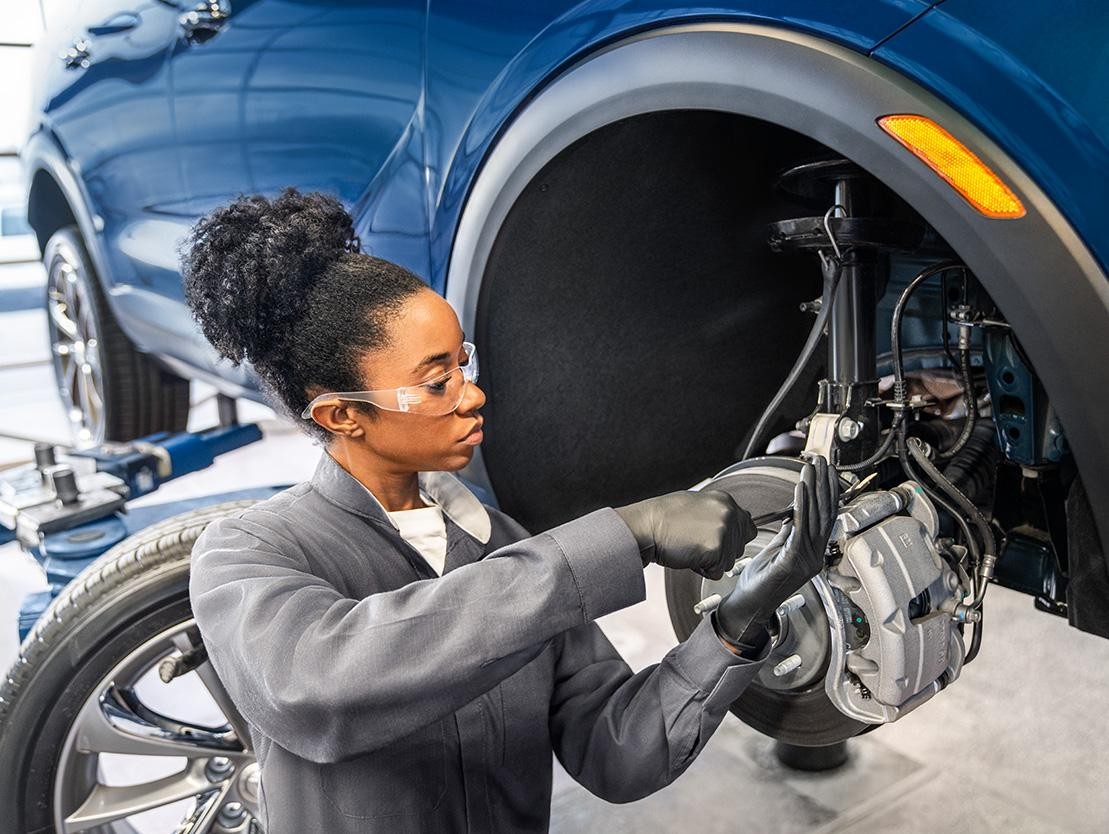Brake service and repair near MILFORD, OH
When you need new brakes or it’s time for a brake inspection, visit Mike Castrucci Chevrolet where our Certified Service experts understand your car, truck, or SUV better than anyone. When maintenance as critical as brake repair is required, why go anywhere else?
The major components of a braking system, like pads, rotors and caliper, may need to be repaired or replaced as part of regular brake service and maintenance during the lifespan of a vehicle. You might wonder, how much does it cost to replace brake pads and rotors? The Chevrolet Certified Service experts at Mike Castrucci Chevrolet can recommend quality brakes, like components from ACDelco1. Whether you need brake service or replacement, our Certified Service technicians can help you get safely and confidently back on the road.
The major components of a braking system, like pads, rotors and caliper, may need to be repaired or replaced as part of regular brake service and maintenance during the lifespan of a vehicle. You might wonder, how much does it cost to replace brake pads and rotors? The Chevrolet Certified Service experts at Mike Castrucci Chevrolet can recommend quality brakes, like components from ACDelco1. Whether you need brake service or replacement, our Certified Service technicians can help you get safely and confidently back on the road.






